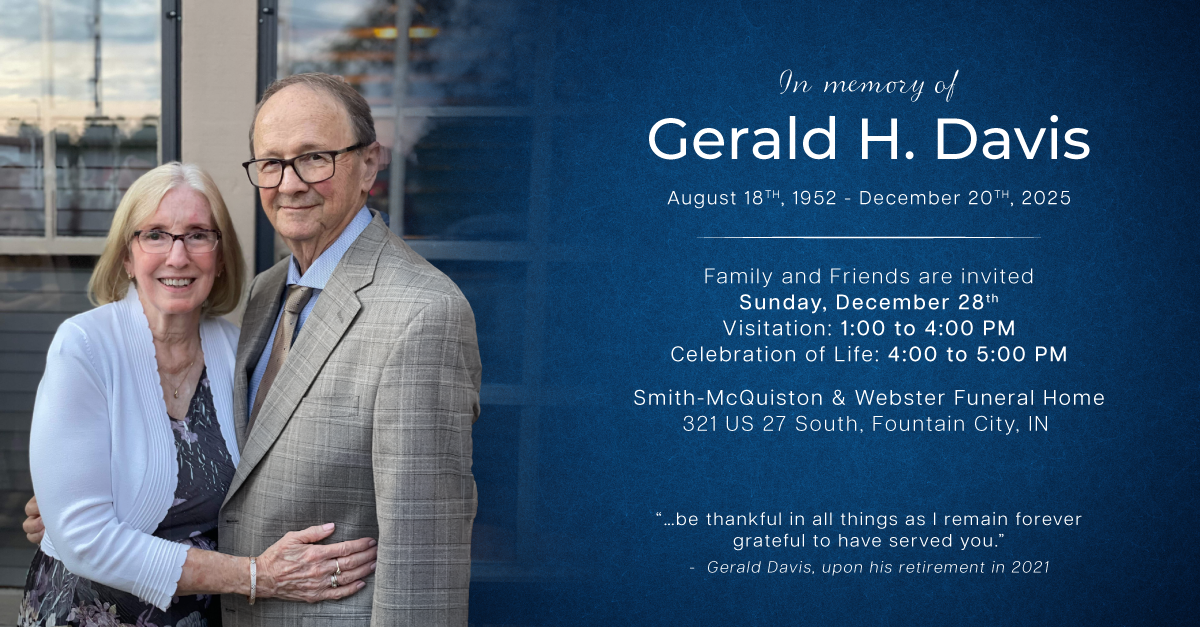The Online Funeral, Whats Your Opinion?
The following article appeared on the Wall Street Journal blog Tuesday. It offers an interesting perspective on the experience of attending an funeral online. The conversation around this topic will be an interesting one because so many people experience death and grieving in different ways that it is hard to determine how valuable of an experience can actually be had. Please use the comment section below to share your thoughts.
The Online Funeral – Article By: Evan Selinger
My grandfather died on Halloween. Thanks to Hurricane Sandy, none of the New York family members could attend the funeral in Massachusetts. Fortunately, another option became available: The ceremony was streamed online, and so my wife, daughter and I gathered around a laptop in our living room to watch the live webcast.
The rabbi began by giving technology center stage, poignantly acknowledging that the virtual participants played an important role in honoring the deceased’s memory. After that, technology receded into the background for the Massachusetts crowd. My grandmother looked like a bereaved widow. Online coverage didn’t affect her demeanor—or anyone else’s.
At my house, however, things were different. The technology raised all sorts of problems and questions.
For starters, there was the initial hurdle of gaining access to the webcast. A password was needed, and we were initially sent the wrong one. After conceding the mistake, the woman in charge of the set-up said that we could just catch the archived footage later on. She was trying to be helpful, but the digital convenience of it all felt completely out of place, as if we were making plans to watch a favorite sitcom later on DVR.
Once the technical difficulty got resolved, we confronted a host of unfamiliar issues of protocol and decorum. Rory, my six-year-old daughter, wanted to know if she could eat while watching. In person, obviously, chomping while prayers were offered would be distracting and frowned upon. But was it actually rude here? And, if we allowed it, would we be implicitly sending her the message that this wasn’t a somber occasion?
When Rory let out a loud “Yes!” followed by an enthusiastic hand gesture as the rabbi said her name when listing the decedents, we weren’t sure what to say. Since the enthusiasm was contained to our house, did the inappropriateness matter?
And what about Rory’s constant barrage of questions? They interrupted our focus, but she posed them urgently, saying that she wouldn’t remember her questions later. Since the funeral would be archived for 30 days, we knew that whatever we missed could be seen later. We certainly wouldn’t have been as indulgent had we been there in person.
My wife and I were also challenged by having to participate by webcast. Viewing everything from home, we felt distant from the choreographed gestures. We didn’t feel inclined to rise when the other mourners did. We didn’t even try to say the prayers aloud.
When the ceremony ended, we quickly returned to our daily routine. Not being physically present for the funeral, we didn’t feel the usual need to reflect, or the usual sympathy and sorrow. We didn’t pass by other mourners and exchange condolences. We didn’t have the spine-tingling feeling that comes from being near a casket containing a beloved relative. We didn’t line up in a funeral procession.
It would be a mistake, though, to say that the webcast dehumanized or even sullied the experience. Convenience always comes with costs, and we didn’t feel that the sacred had been sacrificed for the expedient. Our emotional attunement was limited, but we weren’t desensitized. And it was certainly better than not being present at all.
But how far should technology be allowed to expand the reach of such events? The appropriateness of public displays of grief is now being debated in the context of social media. Some applaud the live-tweeting of funerals for extending the circle of participation. Others find the commentary intrusive. As the novelty fades, I suspect the resistance will as well.
Traditional funerals—to say nothing of weddings, confirmations, bar and bat mitzvahs and other ritualized ceremonies—are intimate encounters that revolve around cherished norms. People readily take offense at perceived violations, but perhaps the time has come to be more open to change. As the digital age continues to expand, new rituals will emerge, confronting us, time and again, with the question of whether old ways are enhanced, diminished or simply altered by new ones.
Mr. Selinger is a professor of philosophy at the Rochester Institute of Technology and a fellow at the Institute for Ethics and Emerging Technology.





